An effective content strategy is now an undeniable part of any website. In other words, we can say that no site owner can now afford to ignore the content creation part for its website, if it wants to rank higher in the search results. Changes in Google algorithms have forced all the website developers to do that.
But you should not get confused between content strategy and content marketing strategy. These are two different concepts which need to be approached with separate strategies. While ‘Content Marketing Strategy (CMS)’ is developed to drive profitable behaviors for an organization through an audience targeted content, ‘Content Strategy’ deals exclusively with the creation of useful and usable content for the audience which is not motivated only by profit.
An effective content strategy places the content on multiple channels and can be broadly categorized in 5 parts:
- Outlining of the Strategy and marketing plan.
- Creation of Content.
- Marketing of the created content.
- Management of the Content.
- Measurement of content Effectiveness.
1. Outlining of the strategy and marketing plan:
Establishing goals, determining the audience and the ways to reach them, is what constitutes a strategy. And marketing plan is what bridges your strategy and marketing goal. In all, a content strategy needs to focus on all of your marketing needs and communication channels. When these two are united as a whole to reach business-level goals, we can say an effective content strategy has been developed.
2. Content Creation:
Content creation can take many forms as articles, infographics, emails, website and white paper etc. If we can include all of these in our content creation work, its best. But, if we cannot, try to find out which content suits best to your targeted audience. For e.g. if your targeted audience is young generation, it is a waste of time to create content in the form of a magazine for them, as most of the youngsters now use smartphones to read and learn. So, it is better to develop some website content or some App.
3. Marketing of created Content:
All of your planning and creation depends on this step of content creation i.e. content marketing. The major purpose of content marketing is the distribution and marketing of the user valuable content in order to acquire and engage the target audience. For this, placing the right asset and at the right place and time is essential. This step needs a lot of brainstorming.
4. Content Management:
Now, when you are done with the creation and marketing of the content, the only thing left is the tracking of the proper placement and timing of the things. Is everything going according to the plan or not? Have we missed something? Have we placed the content in the proper channels at the correct time? All these questions need to be analyzed at this step of the Content creation.
5. Measurement of content Effectiveness:
Now, this is the last step. Without measuring the effect of a plan, you will never succeed in finding the flaws, if any, in your plan. And you will continue to make the same mistake. So, you must have a plan about measuring everything you do. When you intentionally create any content, you can plan to measure its success also.
Conclusion:
Content creation for sure is not as easy as it seems at the first glance. It is very time consuming and requires a lot of effort to analyze, create, repurpose, deliver and measure the effectiveness of the created content. The key to success is to find the methods of generating modular, consistent and flexible content that can be restructured and repurposed to meet the sets goals and objectives.



















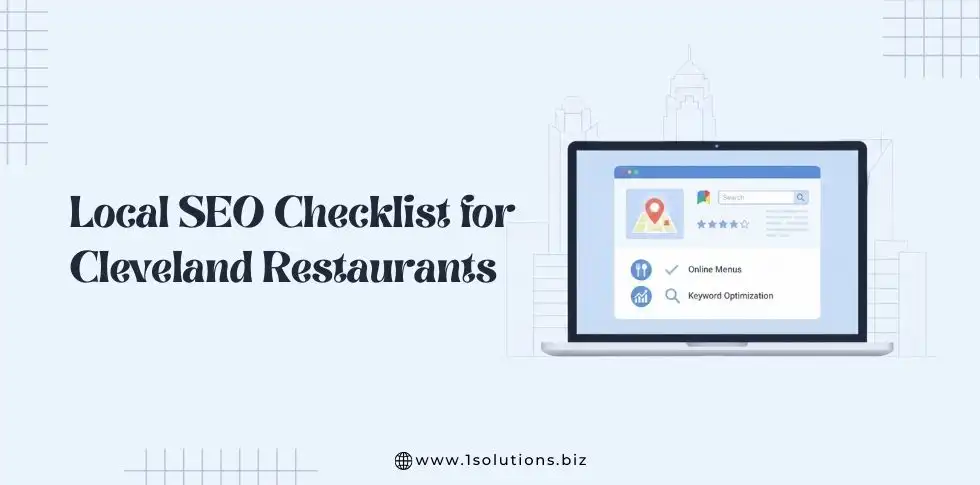
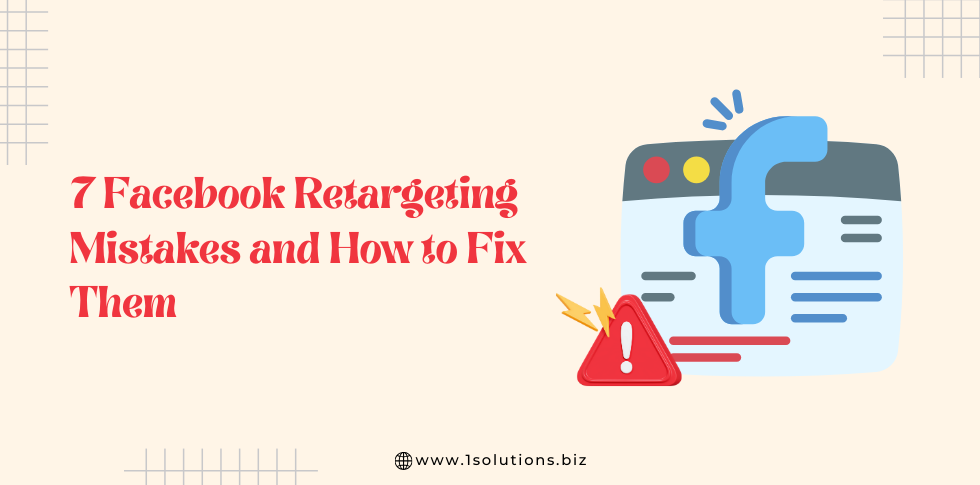
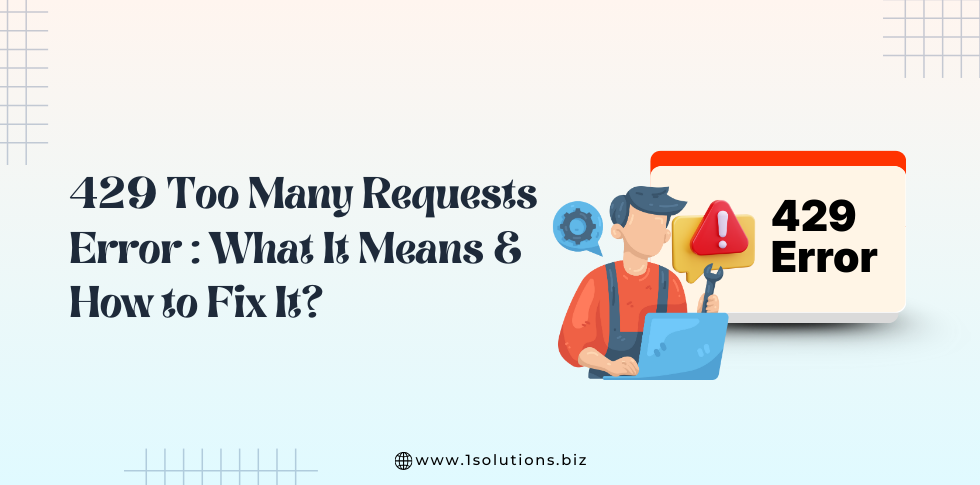
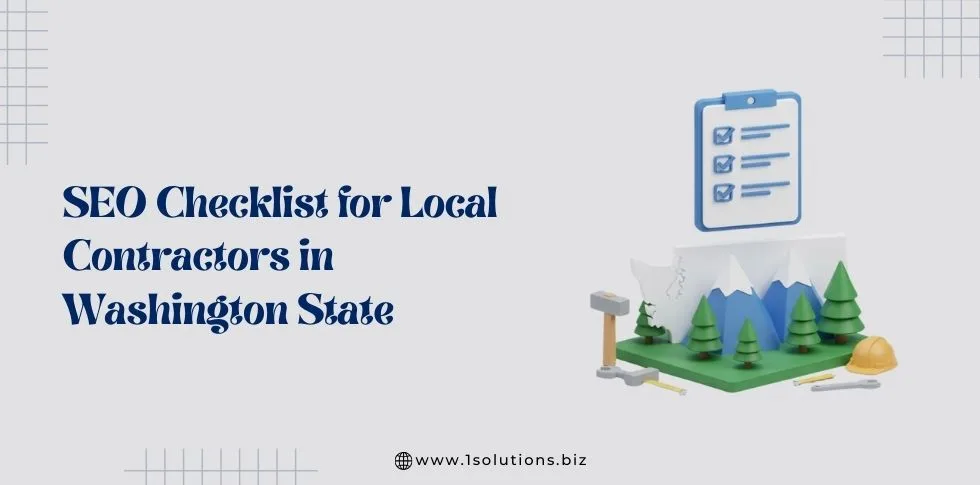
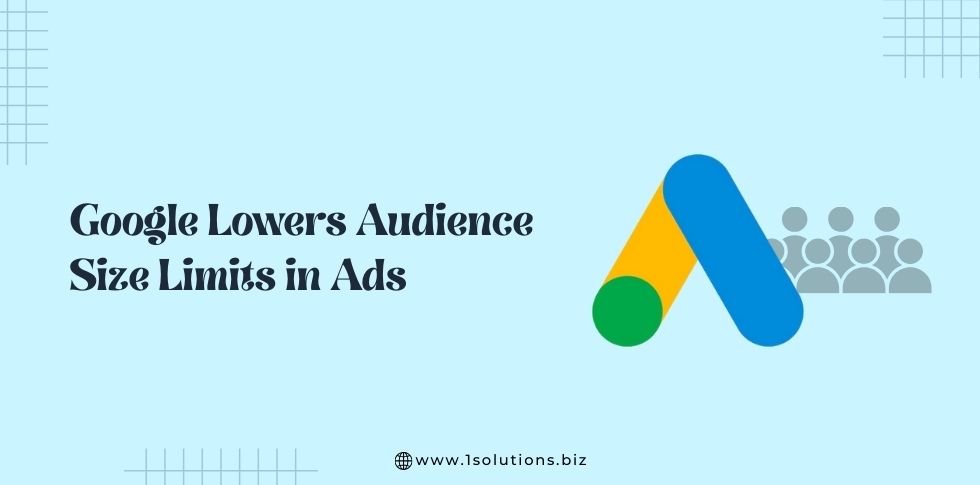


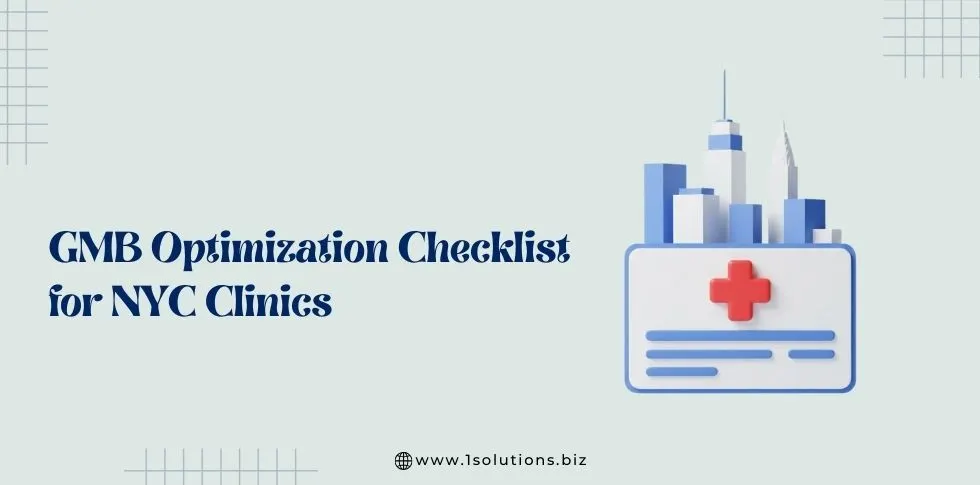




 in India
in India